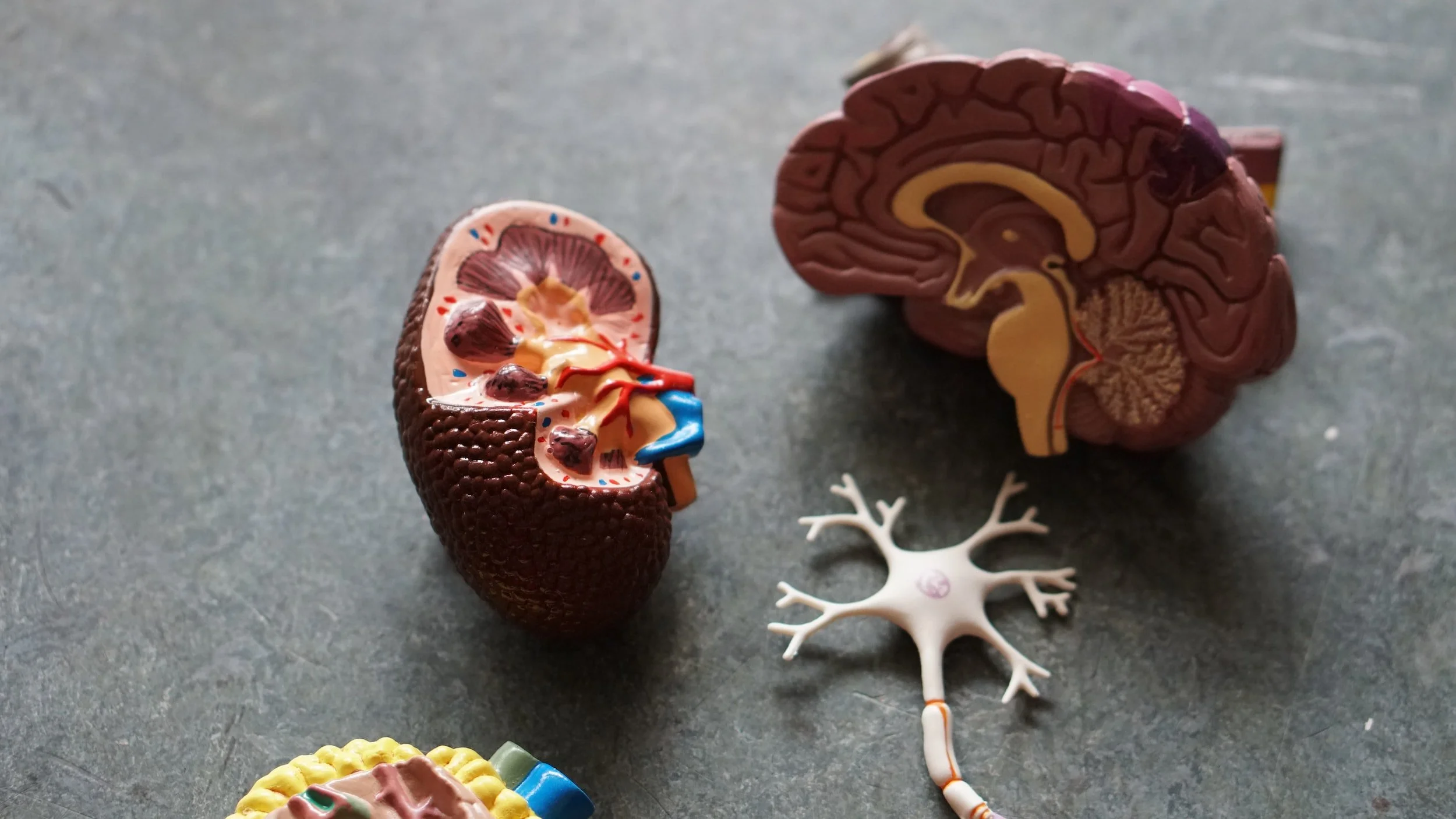Yes, bio-printing is a promising technology that is making significant progress in the field of tissue engineering and regenerative medicine. Bio-printing aims to create three-dimensional structures, such as tissues and organs, using living cells and biomaterials.
While creating fully functional human organs is still a complex and challenging task, bio-printing has already shown promising results in creating small, simple tissues such as skin, cartilage, and blood vessels. Researchers have also successfully bio-printed more complex structures such as liver tissue and heart valves.
In addition, bio-printing technology is advancing rapidly, with new techniques and materials being developed to improve the accuracy, resolution, and functionality of bio-printed tissues and organs. There is significant research and investment being made in this area, indicating that bio-printing is likely to play an increasingly important role in the development of new treatments and therapies for a wide range of diseases and injuries in the future.
While there are still many challenges to overcome before fully functional human organs can be bio-printed, the progress being made in this exciting field is certainly encouraging.




